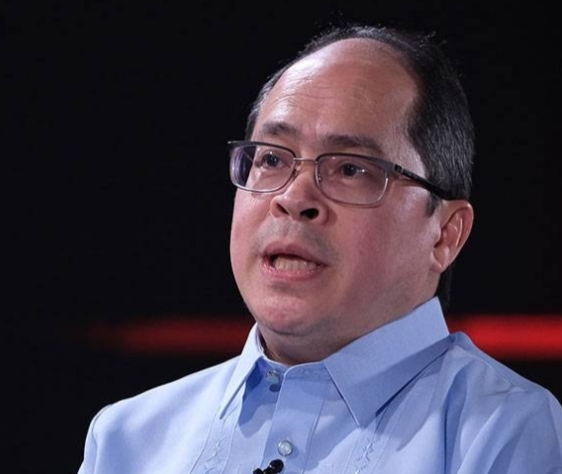QUEZON CITY — Philippine Economic Zone Authority (PEZA) Director General Tereso O. Panga on Friday, September 8 presented before the members of the media the PEZA’s plans and programs in line with the socio-economic agenda of President Ferdinand “Bongbong” R. Marcos, Jr.
In a press conference at the Philippine Information Agency (PIA) hosted by PIA Director General Undersecretary Jose A. Torres, Jr., Panga said that since its founding in 1995, the PEZA has contributed P4.77 trillion to the national coffers.
Panga cited that during his first State of the Nation Address (SONA) in July 2022, President Marcos has shown the key role played by PEZA.
He added that President Marcos then said that he would support PEZA in bringing more investors in the Philippines.
The PEZA is a government-owned or controlled corporation (GOCC) which is attached to the Department of Trade and Industry (DTI).
“We happened to be the largest ecozone in the country,” Panga said.
The PEZA provided 17 percent of the country’s GDP and 26 percent of the country’s imports of goods and services
In its 28-year performance, the PEZA was affected by the 1997 Asian Financial Crisis, 2011 Terrorist Attacks in the United States, and the 2019 Covid-19 pandemic.
Panga noted that during the Covid-19 pandemic (2020-2022), the exports had also been a big problem.
“The location of companies was really the one that generates employment,” he said.
He added that a total of P14 billion investments was approved on September 7, 2023.
“From P20.24 billion investments in 2022 (from January to July), We have increased to P97.163 billion or six times higher than 2021,” Panga said.
He said that they have approved an additional investment of P16 billion as of September this year, for a total of P111.2 billion, or 118.6 percent higher than what they have approved last year.
“We also expect the Philippines to achieve a 6.7 percent economic growth this year,” he added.
There was a 59.23 percent share by the PEZA in the total Philippine exports as reported by the PSA (Philippine Statistics Authority).
“US$ 22.96 million investments come from PEZA alone,” Panga said.
In the latest report of the PSA, the PEZA had the highest share in the rate of 60.5 percent, which is P35.65 billion out of the total of P59.9 billion investments.
“We are not only the ‘nuts and bolts’ of the country, PEZA hosts 422 ecozones and 4,372 locator companies/projects nationwide,” Panga said.
Since the assumption into office of President Marcos on June 30, 2022, 10 ecozones were proclaimed by the Office of the President (OP), 11 big-ticket projects that will generate P154.968 billion, with a projected employment of 4,783; and projected exports of US$ 538.846 million.
Meanwhile, the PEZA is proposing amendments to the PEZA Law as it is already 28 years old. One of their proposals is to decrease the number of requirements of a presidential proclamation for the creation of an ecozone.
The PEZA was the first among the few agencies in the government which introduced “cashless and paperless” transactions in the movement of cargoes.
“This was introduced during the height of the Covid-19 pandemic from 2020 to 2021 where people were working at home or online, with the help of the information technology providers,” Panga said.
“The digitalization of PEZA was in heeding the call of President Marcos for government agencies to fast-track transactions through digital transformation,” he added.
“With collaboration with the Bureau of Corrections (BuCor) in converting the idle lands in ecozone development such that 26,000 hectares in Palawan which can be put in use as an economic zone following sustainable development goals,” he said.
The PEZA chief cited that Cambodia, which is a small country, has 54 ecozones, as well as Vietnam with more ecozones compared with the Philippines.
Panga added that they are now with collaboration also with the University of the Philippines on how to go about the VocTech (Vocational Technical) courses where high school graduates can be aligned to address the so-called existing “mismatch” now. – By Perfecto T. Raymundo, Jr.



